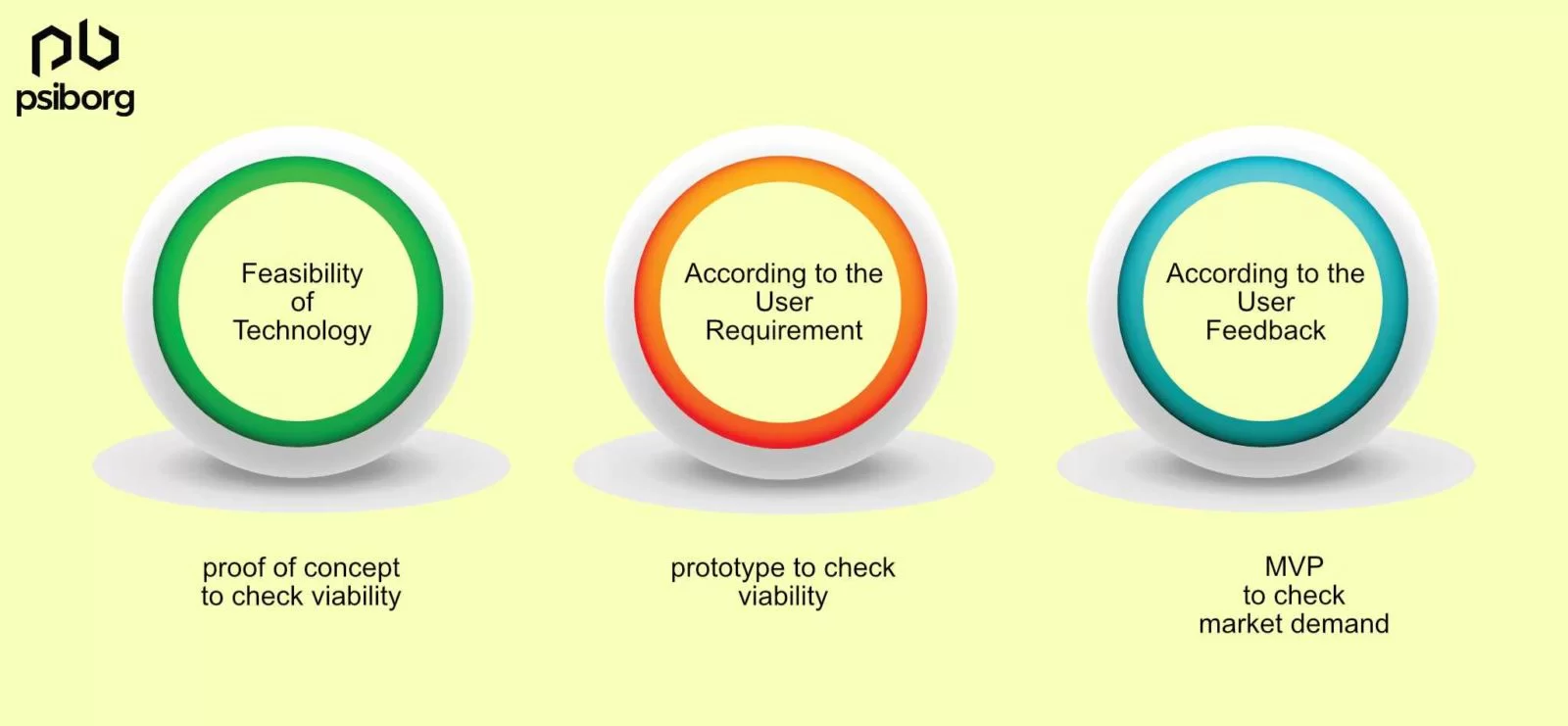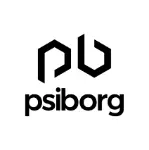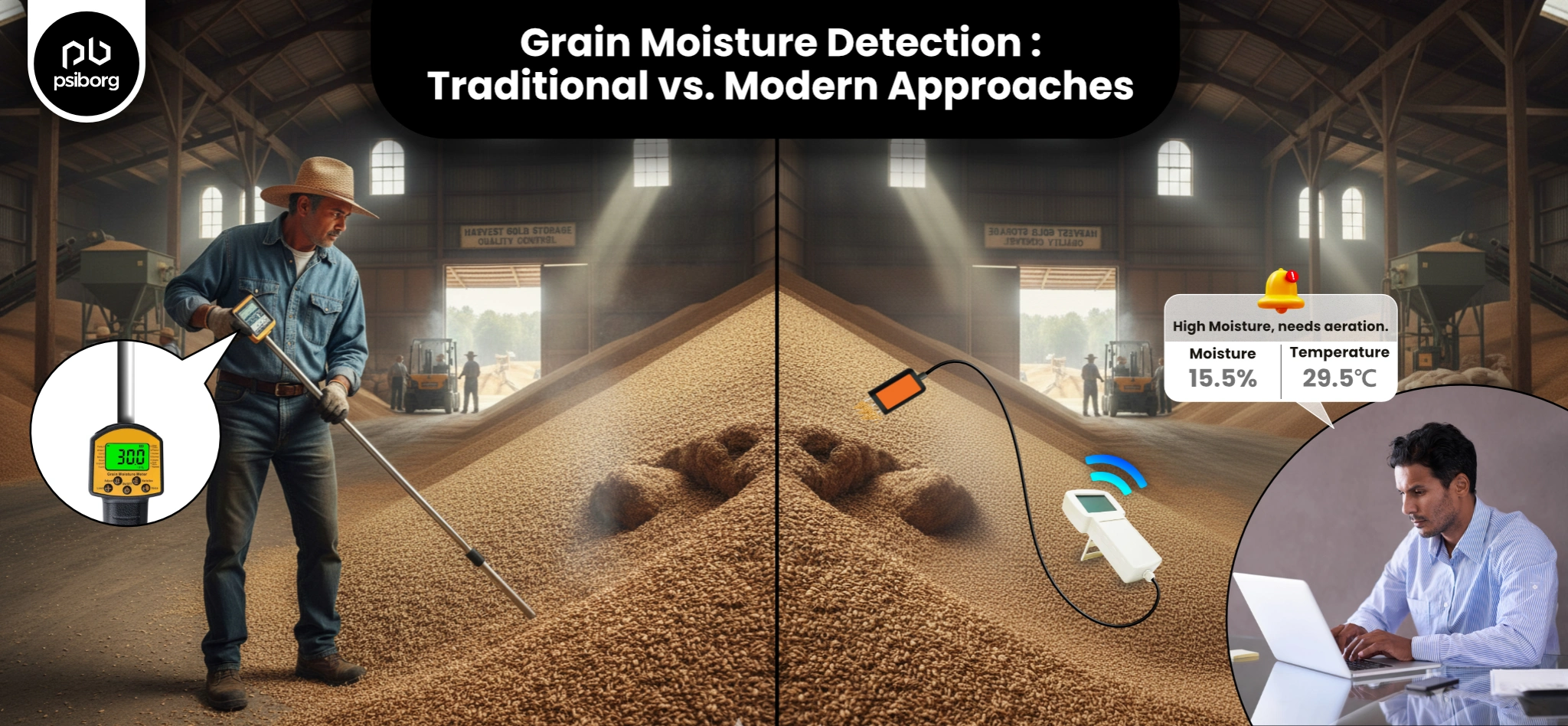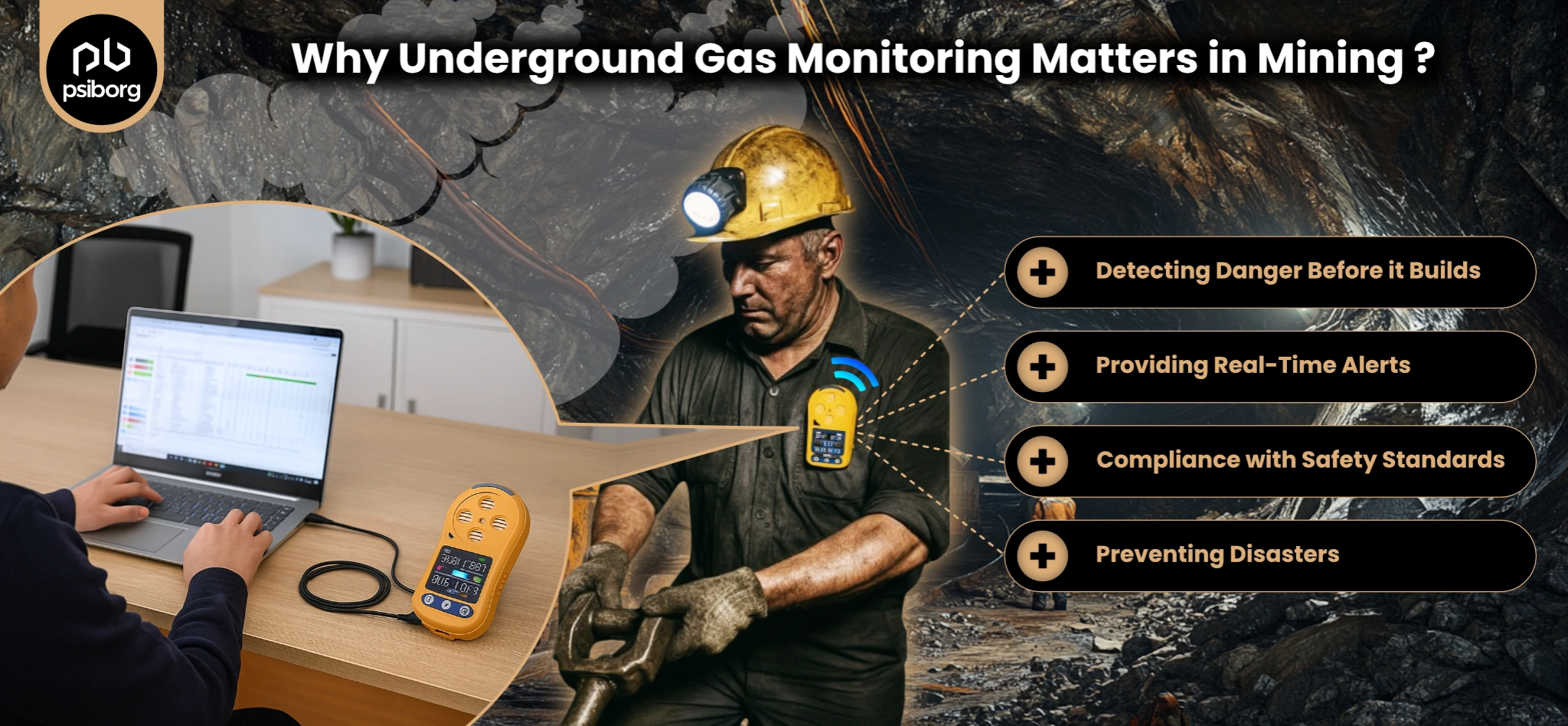The choice of the best electronics prototyping platform is one of the first decisions an embedded designer/developer must make to test and prove their design. Even choosing a microcontroller also depends on the platform or IDE in a certain way. The correct prototyping platform can save weeks or even months of effort if you can leverage existing code and add-on hardware and tools for testing and debugging. Many embedded platforms even come with real-time operating systems or full-up personal computer operating systems. Let’s look at a few popular hardware platforms and review some of the key advantages and disadvantages.
WHAT IS ELECTRONICS PROTOTYPING?
Electronics Prototyping is an experimental process where design teams implement their hardware and software design ideas with custom Printed Circuit boards (PCBs). Teams build prototypes of varying degrees of fidelity to capture design concepts and test them on users. With prototypes, you can refine and validate your designs so your brand can release the right products.
A prototype has almost all the functionalities of the end product, but will generally not be as efficient, artistically designed, or durable.
HOW PROTOTYPING IS DIFFERENT FROM A SELLABLE PRODUCT?
Prototypes are usually later-stage versions of the product. In the creation of prototypes, certain features, functions, or physical parts of the product may not have been made with production-level manufacturing processes used in large-scale production. However, they will typically have a striking resemblance to the final product and will look, feel, and work similarly to the final product. For subsystem or system-level testing, prototypes may be designed for specific purposes.
A sellable product, on the contrary, is the end/finished product that goes into the market to fulfil a business need. A sellable product usually is the culmination of the product development journey, unlike prototypes.
During a lifecycle of a product/project, IoT prototyping is a stage which is done to successfully implement technology, therefore it is imperative for the product to go through this transformation.

HERE ARE THE IMPORTANT POINTS OF DIFFERENCE BETWEEN A PROTOTYPE AND THE END PRODUCT:
- Materials – Prototypes are built mostly using 3D-printed Enclosures. Let’s say we have a sellable product that will be produced using titanium. The prototype for this product will be made from inexpensive materials such as plastic, white metal or steel as found suitable.
- Processes – For a manufacturing company, it makes more economic sense to outsource prototype generation and use the services of a company that specializes in prototypes. With a good IoT prototyping company, the production firm can save resources such as time, manpower, and money.
- Lower volume – Prototypes are essentially “dry run” products meant for purposes of testing. Hence, they are manufactured in much smaller numbers.
WHAT IS PROOF OF CONCEPT (POC)?
A Proof of Concept (POC) is an exercise to test the electronics design idea or assumption. The main aim of developing a PoC is to showcase the functionality and to verify if a certain concept or theory is plausible in terms of physically developing it.
While a PoC shows that a product or feature can be developed, a prototype shows how it will be developed.
Before developing the product, the developer must answer whether his/her concept really solves the intended problem as expected.
This is the primary goal of a Proof-of-Concept (POC) prototype which is an early-stage prototype built from rudimentary components.
A PoC prototype doesn’t have any custom electronics design and is typically based on development kits.
However, the prototype is a working interactive model of the end product that gives an idea of the design, navigation and layout.
IMPORTANCE OF PROOF OF CONCEPT IN IOT
- Useful for testing key technological issues in the product.
- Achieve a better understanding and idea regarding unit costs of the product.
- PoC proves the usefulness/efficacy of the product.
- PoC gives an idea about the software/firmware requirement for the product.

MOST COMMON ELECTRONICS PROTOTYPING DEVELOPMENT BOARDS:
ARDUINO
The Arduino uses a relatively simple microcontroller as the processor and has some native serial interface capability and a standard format for hardware add-on boards called shields. Considered one of the most popular prototyping platforms, Arduino is one of the easiest to get started with. It’s based on a relatively simple microcontroller (originally the Atmel ATMega family) and requires very little power to run. The do-it-yourself (DIY) community latched onto the Arduino early on so there’s a very large ecosystem of code, tools, hardware add-ons (“shields”), and complete projects to guide you on your next project. Because the Arduino processor is so simple, it’s more difficult to use complex real-time operating systems, but it has proven to be a popular platform for implementing an application that requires multiple sensors and actuators
RASPBERRY PI
Basically, a miniature desktop computer based on a multi-core ARM processor, the Raspberry Pi features four USB ports, an Ethernet port, an HDMI port, and others, including a header for adding expansion cards. It has an excellent programming environment with an easy-to-use graphical user interface. The Raspberry Pi is a useful platform if Ethernet connectivity is important. It’s also powerful enough to support applications that require a real-time operating system or an open-source operating system, such as Linux.
STM DEVELOPMENT BOARDS
STM boards are widely used for electronics design prototyping. The mbed-enabled boards provide support for Arduino connectivity and also come with ST Morpho extension headers that enable access to all microcontroller on-chip peripherals.
TEXAS INSTRUMENTS DEVELOPMENT BOARDS
Texas Instruments development boards are a cross-compatible portfolio of modular evaluation and development hardware that pair perfectly with scalable online and offline software to help you get your products to market faster. They have affordable LaunchPad development kits for microcontroller hardware and 80+ functional BoosterPack plug-in modules.
ESP OR ESPRESSIF DEVELOPMENT BOARDS
ESP is a series of low-cost, low-power systems-on-chip microcontrollers with integrated Wi-Fi and dual-mode Bluetooth, developed by Espressif Systems, a Shanghai-based Chinese company, and is manufactured by TSMC using its 40 nm process. The ESP series employs either a Tensilica Xtensa LX6 microprocessor in both dual-core and single-core variations, Xtensa LX7 dual-core microprocessor or a single-core RISC-V microprocessor and includes built-in antenna switches, RF balun, power amplifier, low-noise receive amplifier, filters, and power management modules.
Electronics prototyping is thus a vital necessity to develop the sellable product with the least errors and as per the demand of the market. It saves resources like time, money and precious man-hours in the product development journey.
PsiBorg is IoT prototyping and product development company facilitating its services at competitive rates. We provide a wide variety of open-source electronics prototyping platforms.





